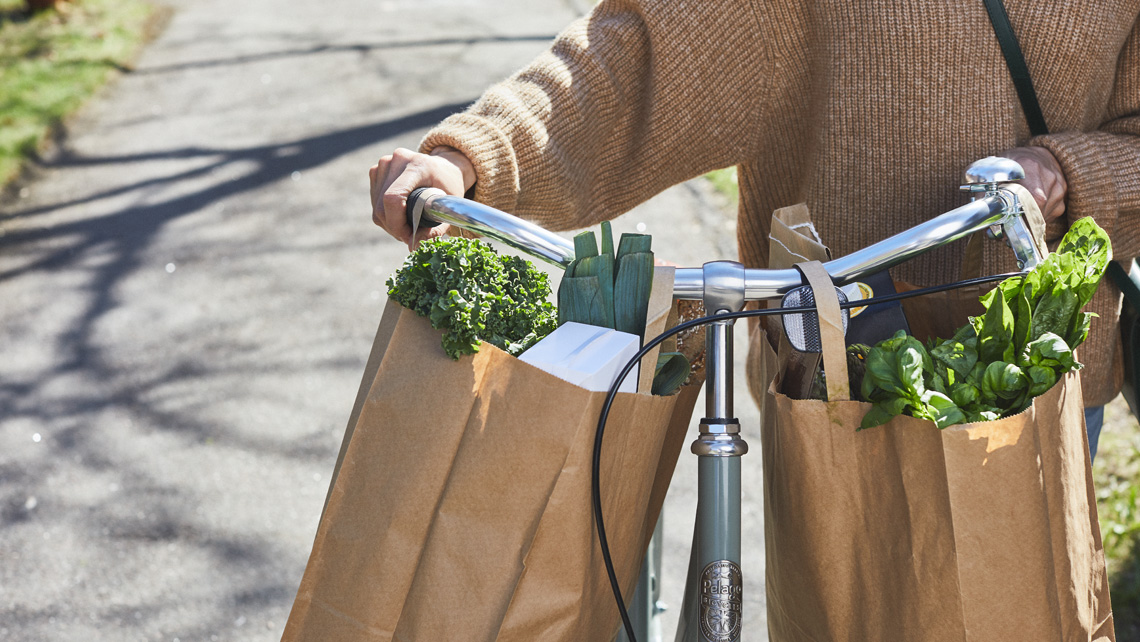Food contact materials (FCM) manufacturers need to make sure that their products do not compromise food safety or the health of the consumers. Non-intentionally added substances are an important factor to be considered when ensuring the safety of food packaging, as many NIAS can migrate into the food. What makes it an especially challenging topic for the FCM manufacturers to handle is that these substances can be difficult to detect, identify, and assess.
“Adding to the challenge is the long value chain. Before the food packaging reaches the consumer or even before the board that is used in the food packaging is manufactured, many operators have been involved in the production process. To successfully manage the risks related to non-intentionally added substances, it is essential that all operators in the production chain consider NIAS in their safety assessments and that all the relevant data on NIAS flows in both directions,” Tiina Hyytinen, Manager, Product Stewardship and Regulatory Affairs at Kemira explains.
What is a non-intentionally added substance?
The term non-intentionally added substance first originated in EU regulation regarding plastic food contact materials, but it concerns all food contact materials. Non-intentionally added substances are – as the name indicates – chemical compounds that are present in material but have not been added there intentionally for a technical reason during the production process.
NIAS can come from different sources such as impurities in raw materials and authorized substances, as by-products of chemical reactions and breakdown products of authorized substances, or as contaminants during the production. They can enter the fiber-based FCM production supply-chain at any point: during the manufacture of chemicals or in the papermaking process, or during transport or from recycled raw materials.
“NIAS can come from different sources such as impurities in raw materials and authorized substances, as by-products of chemical reactions and breakdown products of authorized substances, or as contaminants during the production.”
“NIAS formation is always specific to a production process and its conditions. Predicting and identifying non-intentionally added substances in food contact materials requires expertise in both chemical and manufacturing processes. That’s why NIAS assessment should always be conducted in the end-to-end production chain,” Tiina points out.
NIAS can refer to a wide range of chemical substances: from harmless salts that you consume in your daily food to hazardous compounds that can be toxic, carcinogenic or mutagenic. One example is mineral oil hydrocarbons that have dominated the discussion on NIAS and food safety during recent years.
Managing NIAS in fiber-based food packaging
Food contact regulations for fiber-based packaging define general safety guidelines, good manufacturing practices, and traceability, among other requirements. In fiber-based packaging, the existing regulation obliges the FCM manufacturers to ensure the safety of the packaging also in terms of non-intentionally added substances, but, for instance, regulated migration limits for NIAS are not available.
“Most of the current practices are industry-driven. The absence of clear regulatory guidance does cause some confusion in the industry. There might be different definitions in the packaging value chain of what is considered to be a NIAS and it might be difficult for the food board manufacturers to know where to focus to stay compliant.”
As a chemical supplier, Kemira supports its customers in achieving and ensuring the necessary end-product safety also when it comes to non-intentionally added substances. The food contact statements for the chemicals provide regulatory information which includes information on possible NIAS present in the products.
“In the NIAS assessments, we utilize the data we receive from our raw material suppliers and conduct our own tests and evaluations on the impurities in the substances. Collaboration with the customer is key: we can help take into account production or process specific issues that might have an influence on NIAS formation in the specific food contact application,” Tiina Hyytinen explains.
We can help take into account production or process specific issues that might have an influence on NIAS formation in the specific food contact application.
“Ultimately, the whole value chain shares the same goal – safe food packaging. Open communication and knowledge-sharing on compliance issues is extremely valuable in the industry.”


